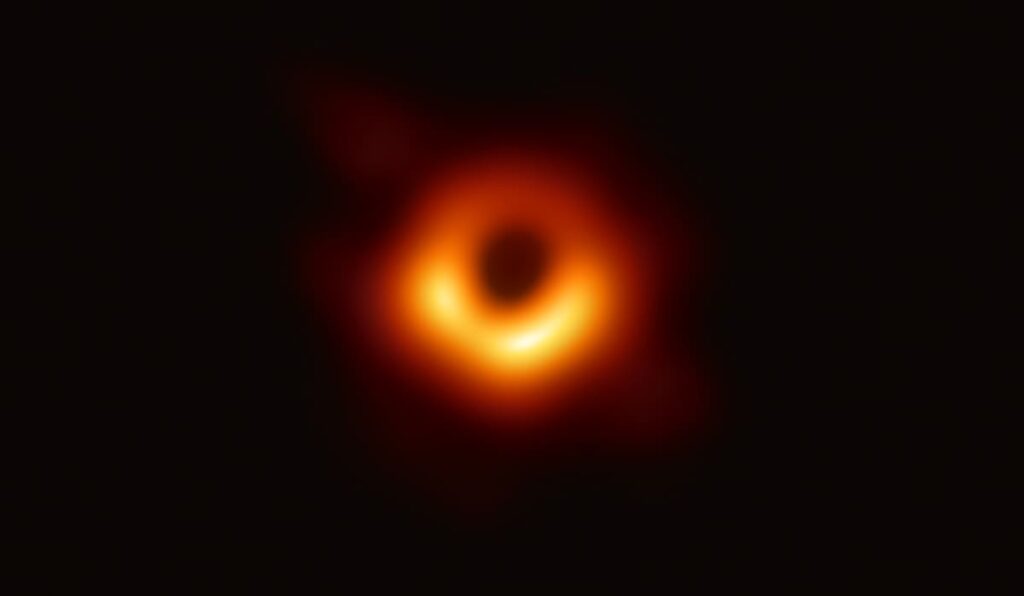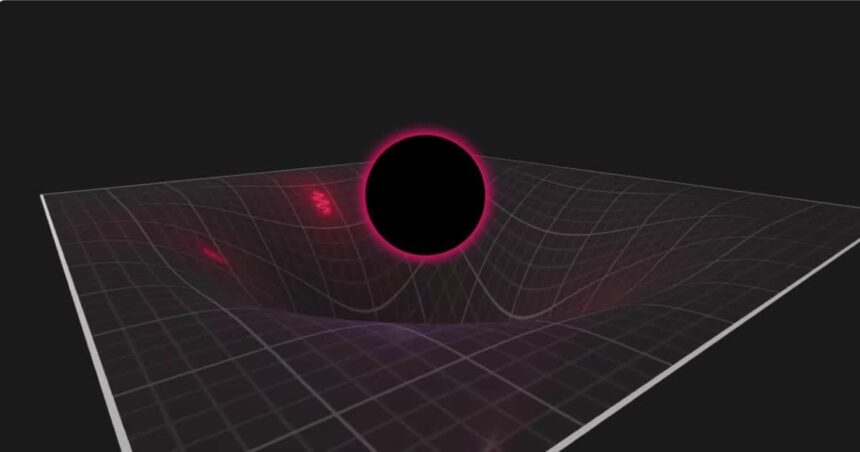NASA has highlighted that black holes, some of the universe’s most enigmatic phenomena, have been extensively researched yet continue to harbour many secrets. A key characteristic of black holes is their intense gravitational pull and spacetime curvature, making it impossible for even light to escape. In a significant development, scientists have created a simulation that closely mirrors black holes, potentially advancing our understanding of these cosmic mysteries.
This simulation reproduces the theoretical radiation that real black holes are thought to emit, offering new avenues for in-depth study.
In a groundbreaking experiment, researchers utilized a sequence of atoms aligned in a single file to mimic the event horizon of a black hole, thereby observing what is theorized as “Hawking radiation.” This phenomenon results from quantum fluctuations disturbed by the spacetime rift caused by the black hole, leading to the creation of particles.
This simulation is seen as a critical step toward bridging the gap between two foundational yet conflicting theories of the universe: the general theory of relativity and quantum mechanics. The former, developed by Einstein, portrays gravity as a continuous field within spacetime, while the latter deals with particle behaviour through probabilistic mathematics.
Black holes could provide the key to a unified theory of quantum gravity, necessitating a synthesis of general relativity and quantum mechanics. The event horizon of a black hole is a region from which nothing, not even light, can escape due to the black hole’s immense gravitational pull. The mysteries of what occurs inside this event horizon remain, but Stephen Hawking proposed in 1974 that disturbances to quantum fluctuations by the event horizon could resemble thermal radiation.
Hawking’s theory suggests that a black hole could eventually evaporate if it emits more mass than it absorbs, with smaller black holes being hotter than larger ones. Although Hawking radiation is theoretically predicted, its faint nature makes it undetectable. Yet, laboratory simulations of black hole analogues offer insights into black hole behaviour. One such simulation, led by Lotte Mertens of the University of Amsterdam, Netherlands, explored Hawking radiation properties and observed an unexpected glow from the black hole analogue, challenging the notion that the event horizon is a boundary from which no light can escape.

The observation that this glow, or Hawking radiation, occurs when part of the atom chain stretches beyond the event horizon suggests that particle entanglement within this boundary is essential for radiation production. The researchers believe this discovery could pave the way for further investigation into the interplay between quantum mechanics, gravity, and curved spacetimes in various condensed matter contexts, as detailed in their publication in the Physical Review Research.







